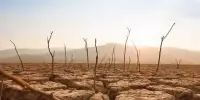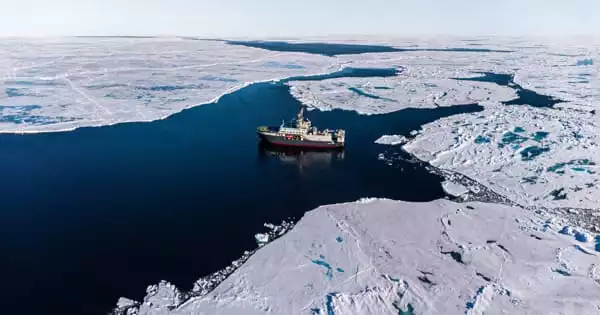Transitioning to a carbon-neutral economy is a complex and multifaceted challenge that requires a coordinated effort from all sectors of society. What role might rifted margins play in the transition to a low-carbon economy? Researchers summarize the current state of knowledge about continent rifting. Researchers use the term rifting to describe the process by which continental plates break and new oceans form.
Alfred Wegener named the supercontinent that existed on Earth 250 million years ago Pangaea. This supercontinent broke up into different pieces over many millions of years, resulting in the landmasses we see today. Extensive forces on the tectonic plates cause continents to break apart, as Pangaea once did, resulting in the formation of new ocean basins. Large portions of these extended continents are obscured by water and are referred to as rifted margins.
Because of their geographical location, continental margins contain vast accumulations of globally distributed sedimentary, igneous, and ultramafic rocks. Until recently, such continental margins were classified as magma-rich or magma-poor. This classification followed the formation history of new ocean floor, but it does not appear to cover the full range of rift margin formation mechanisms.
The origin of rift margins is multifaceted, meaning that they have been formed in different ways. Unlike previous approaches, this overview gives us the opportunity to analyze rifted margins holistically.
Pérez-Gussinyé
“These rifted margins are located on both sides of the oceans and contain enormous sediment accumulations, hydrocarbon reserves, and are a potential location of new resources needed for the new carbon-neutral economy,” Marta Pérez-Gussinyé explains.
The team of authors proves that other types have been identified in the meantime, which, according to Marta Pérez-Gussinyé and her colleagues, leads to a great variety of so-called continental margin architectures. They are based on different processes of magmatic, tectonic, sedimentary or hydrothermal nature. “The origin of rift margins is multifaceted, meaning that they have been formed in different ways. Unlike previous approaches, this overview gives us the opportunity to analyze rifted margins holistically,” explains first author Pérez-Gussinyé.

Her research group was the first to develop numerical tools for studying rifted margins. These tools enable the combination of data and models in order to comprehend the processes that shape margins. The authors compiled the most recent observations and theoretical findings, which should lead to a process-based understanding of margin formation. “This will be critical in the future for making accurate predictions for the new storage and energy requirements required to transition to a carbon-neutral economy,” Pérez-Gussinyé emphasizes.
She and her co-authors conclude that rifted margins may play an important role in the future transition to a green economy, serving as potential carbon dioxide storage sites, mineral deposits, and even sources of geothermal energy and natural hydrogen. However, additional geophysical and geological data would need to be integrated into future research first. “The paper demonstrates how, in the future, a combination of observation and numerical simulation of the processes that occur during continental rifting will help unlock this potential.”
Some of the numerical models presented in the article are being developed and improved as part of the “Ocean Floor” Cluster of Excellence based at MARUM. They will contribute to a better understanding of continental margins and oceanic crust formation, as well as their role in the global carbon cycle.
















